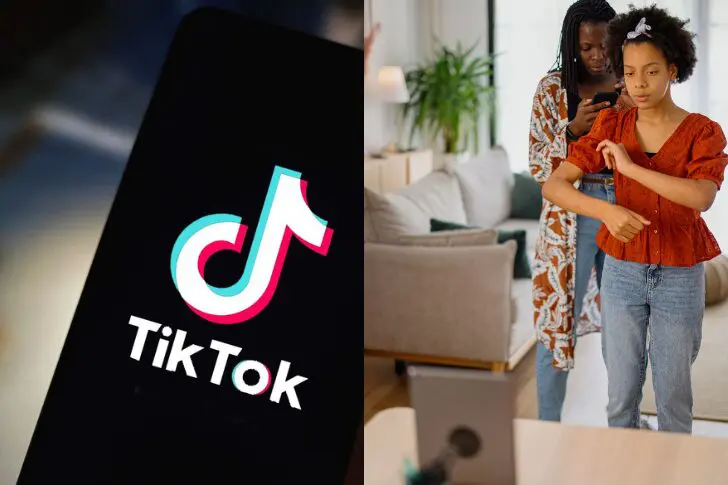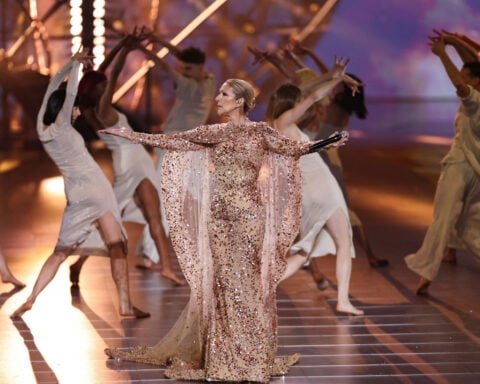You've probably seen the viral TikTok videos - teens suddenly shouting offensive words or making strange motions and movements. These tics and Tourette disease symptoms seem to be spreading among young people like an epidemic transmitted through social media.
Doctors around the world are reporting a disturbing new trend - teenagers, especially girls, developing sudden, severe tics and Tourette-like symptoms after viewing videos of influencers with the disorder on platforms like TikTok. John Hopkins University Tourette's Center reported the percentage of pediatric patients with acute tic-like behaviors skyrocketed from 2-3% before the pandemic to 10-20% recently. According to a Wall Street Journal report, Texas Children's Hospital saw around 60 teens with abrupt tics between early 2020 and fall 2021, compared to just 1-2 cases annually before that.
These new patients are exhibiting bizarre, extreme symptoms that seem to mimic the tics showcased in popular TikTok videos. In Germany, psychiatrist Kirsten Müller-Vahl noticed an influx of older, predominantly female teens experiencing explosive onset of severe tics, with many repeatedly shouting the same vulgar German phrase seen in certain viral clips. Normally, even Tourette's patients with coprolalia (uncontrolled outbursts of obscene words) only repeat a handful of swear words, which they try to hide. But these teens appeared to flaunt their ability to yell over 100 different obscenities.
At a recent medical conference, Dr. Tammy Hedderly nicknamed this new patient group the "Evies" after TikTok influencer Evie Meg Field, who has over 14 million followers chronicling her life with Tourette's. Hedderly described the teens mimicking Field's signature tics like "thumping their chest, shouting beans, and falling to their knees." While people with Tourette's can't control their tics, these new cases seem to arise from watching and unconsciously imitating the behaviors.
Social media may be the driving force behind this puzzling phenomenon. Viewing Tourette's tic videos provides a sense of community, validation, and acceptance for struggling teens, especially during the isolating pandemic lockdowns. However, it also exposes them to the most excessive, disruptive tics that generate more views and likes. Some experts believe anxiety-prone Gen Z youth are subconsciously drawn to these dramatic outbursts as an escape from their stressful realities of body image issues, depression, and constant social media pressures.
The disturbing trend has prompted a coalition of eight U.S. state attorneys general to investigate TikTok for promoting harmful content to young users. They aim to examine the techniques used to boost youth engagement and prolonged platform usage, as well as what TikTok knew about potential risks. Beyond tics, sharp increases are also seen in other mental health issues potentially linked to social media, like multiple personality disorder, borderline personality disorder, eating disorders, muscle dysmorphia, and gender dysphoria.
While Tourette syndrome has a genetic and neurological basis, researchers think some individuals may be "tic-prone," only developing symptoms after a triggering event like severe stress or illness. This could explain why many teens began displaying tics during the turmoil of the COVID-19 pandemic when they experienced major disruptions to their daily lives, social isolation, excess screen time, and heightened anxiety.
For young people already dealing with body image issues, academic pressures, and the constant societal demands represented on apps like TikTok and Instagram, these influencer-fueled tic outbursts may represent an unconscious cry to be seen, heard, and accepted outside of societal norms. As unsettling as these TikTok tics appear, they allow teens to express inner turmoil through external behaviors in an era where they feel increasingly judged, powerless, and disconnected from their true selves.
The videos themselves are compelling to watch; they depict people violating deep social conventions by shouting obscenities and a rebellious rejection of what's considered "normal." This unfiltered, raw expression of emotion, anger, and individuality amidst a culture of constant curation and life-editing on social media likely resonate with disaffected youth. While concerning from a medical perspective, the unsettling tic videos provide an outlet for teens to assert their differences and struggles with mental health.
Ultimately, this phenomenon reveals how deeply embedded platforms like TikTok have become in the lives and psyches of young people. Social media is no longer just a way to connect, but has evolved into a powerful influence on youth identity, self-perception, and even psychosomatic behaviors. As we continue to unravel technology's impacts, caring for Gen Z's mental health will require finding ways to foster real human connections, self-acceptance, and healthy emotional outlets beyond the curated world of social apps.

 Third entangled endangered whale spotted in span of a week off East Coast
Third entangled endangered whale spotted in span of a week off East Coast
 3 years after the Marshall Fire: Wildfire smoke’s health risks can linger long-term in homes that escape burning
3 years after the Marshall Fire: Wildfire smoke’s health risks can linger long-term in homes that escape burning
 Venezuela to free additional 177 election protesters
Venezuela to free additional 177 election protesters
 Looking back at Celine Dion’s triumphant year, the inspirational pop culture story we needed in 2024
Looking back at Celine Dion’s triumphant year, the inspirational pop culture story we needed in 2024
 Portugal's property deals hit record, adding to shortage of affordable homes
Portugal's property deals hit record, adding to shortage of affordable homes
 USC up to No. 4 in women's AP Top 25 after win over UConn. UCLA, South Carolina, Notre Dame stay 1-3
USC up to No. 4 in women's AP Top 25 after win over UConn. UCLA, South Carolina, Notre Dame stay 1-3
 John Mulaney is back on Broadway in sweet 'All In' with some starry friends
John Mulaney is back on Broadway in sweet 'All In' with some starry friends








